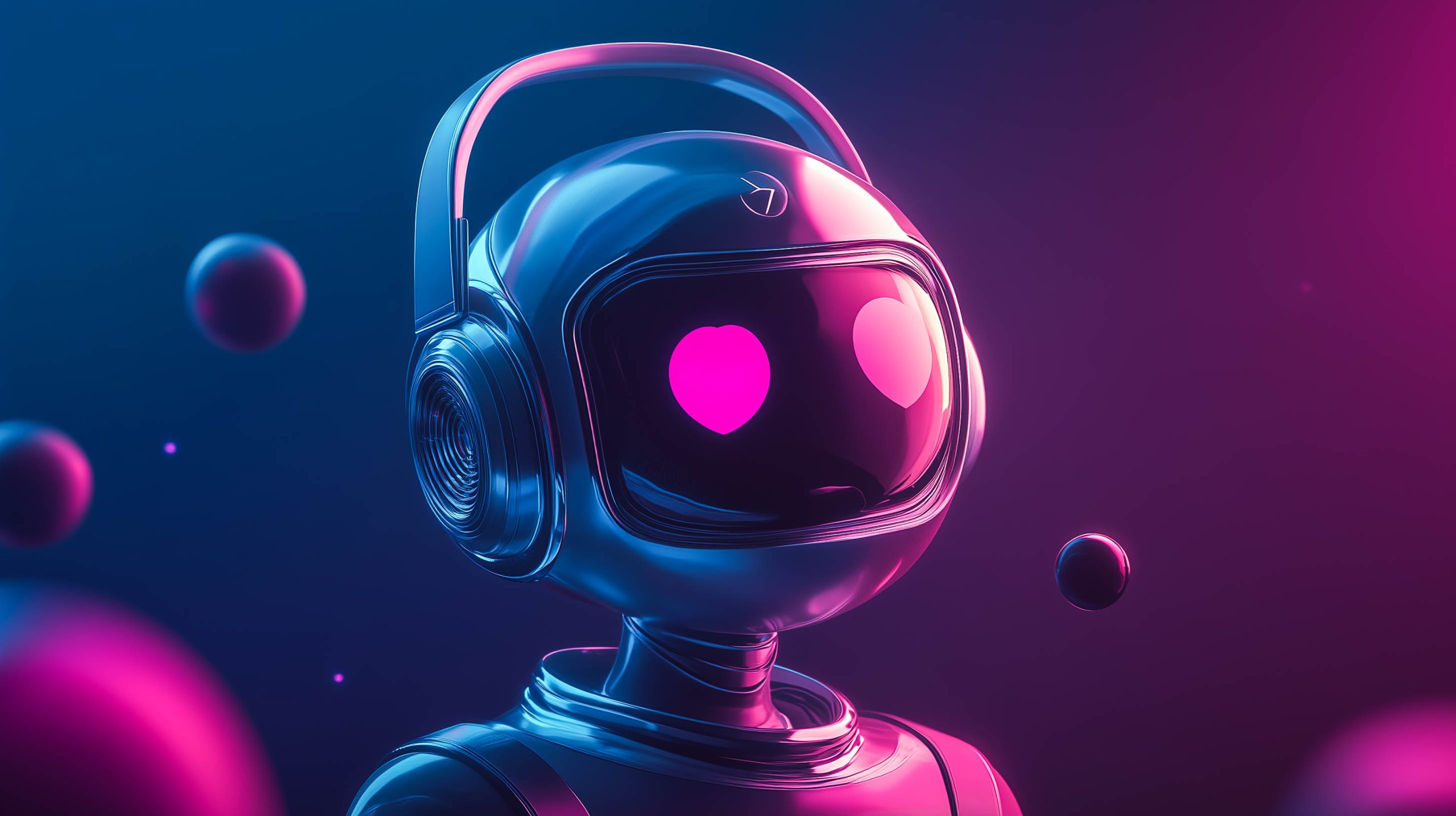Artificial intelligence has become increasingly embedded in our lives—managing smart homes, optimizing our shopping habits, even helping compose music or art. But when MeowTalk AI cat translator launched with the claim of translating cat meows into human language, many were both amused and intrigued. Could AI really give voice to our feline companions?
The app was developed by Javier Sanchez, a former engineer at Amazon who worked on Alexa. Leveraging similar natural language processing techniques, he aimed to create a tool that deciphers the intentions behind a cat’s vocalizations. Unlike dogs, cats have a more mysterious and solitary communication style, which makes the idea of a meow-to-English translator even more compelling.
How the App Actually Works
MeowTalk operates by recording your cat’s vocalizations and matching them against a limited library of predefined “intents” such as “I’m hungry,” “I’m in pain,” “I want affection,” or “I’m annoyed.” These intents are based on broad interpretations of cat behavior, and the app uses machine learning to refine its accuracy over time. The more data you provide—by labeling meows and giving feedback—the more personalized the model becomes for your cat.

That said, MeowTalk doesn’t interpret language in a human sense. There is no feline Esperanto. Cats meow to humans much more than they do to each other, and their vocal patterns vary widely between individuals. The app doesn’t “understand” your cat’s thoughts; it simply detects acoustic patterns and guesses likely intent based on historical data. This alone is impressive, but it’s crucial to view the app as a companion tool, not a magical translator.
The developers have plans for a smart collar that can interpret and vocalize your cat’s meows in real time. This would remove the need for users to constantly open the app and could make the tool more practical in everyday use—especially when pet owners are away from home and want alerts for things like distress or hunger.
What Real Users Are Saying
User experiences with MeowTalk AI cat translator vary widely. On Reddit, cat owners often share their interactions with the app—ranging from entertaining to confusing. One user laughed after MeowTalk interpreted every single meow from their Siberian cat as “Mommy,” while another reported their sleepy cat’s purrs being translated as “I’m in pain,” which clearly didn’t match reality. Some found the randomness charming, while others saw it as a gimmick.
Yet, not all feedback was dismissive. A handful of users mentioned that with consistent use, the app started to become more accurate—especially for cats with highly repetitive meow patterns. In these cases, the app’s personalization features seemed to offer value, allowing owners to track behavioral trends and even predict certain needs over time.
Developers have responded to criticism by clarifying that MeowTalk isn’t meant to be an exact science. The AI is only analyzing sound—without visual or contextual input—so misunderstandings are inevitable. They suggest using the app more as a behavioral tracking tool than a precise interpreter.
AI’s Role in Building Pet Awareness
The biggest success of MeowTalk may not be in what it gets right, but in what it encourages: attentiveness. In trying to use the app, many cat owners reported paying closer attention to their pet’s vocal and physical cues. That shift—from passively reacting to actively observing—can improve the bond between pets and humans, which is something no app can quantify.
On a broader scale, MeowTalk is part of a growing movement to apply AI in animal behavior research. While today’s tech can’t truly decode animal language, tomorrow’s innovations might combine audio, video, and biometric data to create more reliable interpretations. AI is opening the door to new forms of interaction—not just between humans, but across species.
For now, MeowTalk remains more of a curiosity than a clinical tool. But it shows how even lightweight AI applications can inspire new perspectives and deepen our relationship with the non-human world. Whether it’s serious research or just a source of amusement, one thing is clear: AI is listening—and maybe one day, it will truly understand.
Frequently Asked Questions:
What is Meowtalk App accuracy?
The app can reach 90% accuracy for individual cats when trained sufficiently. Out-of-the-box (with no training), default accuracy is more like 60-70% for common vocalizations. While it’s fun and can give basic insights into your cat’s needs, it’s not scientifically reliable as a true translator.



